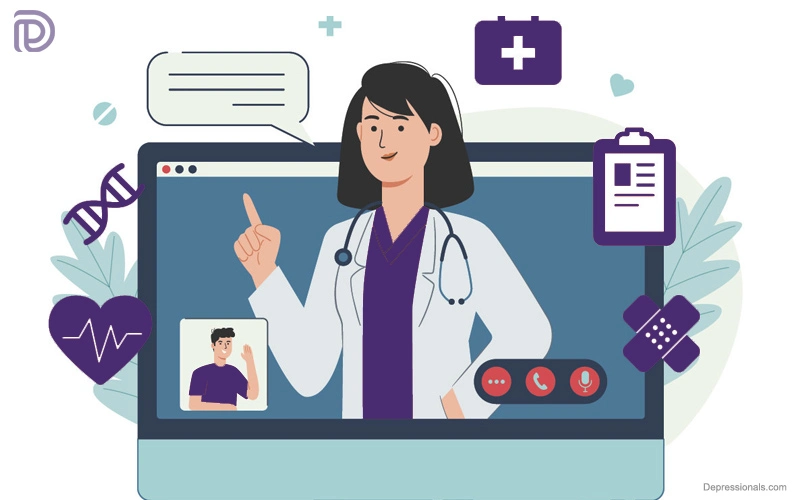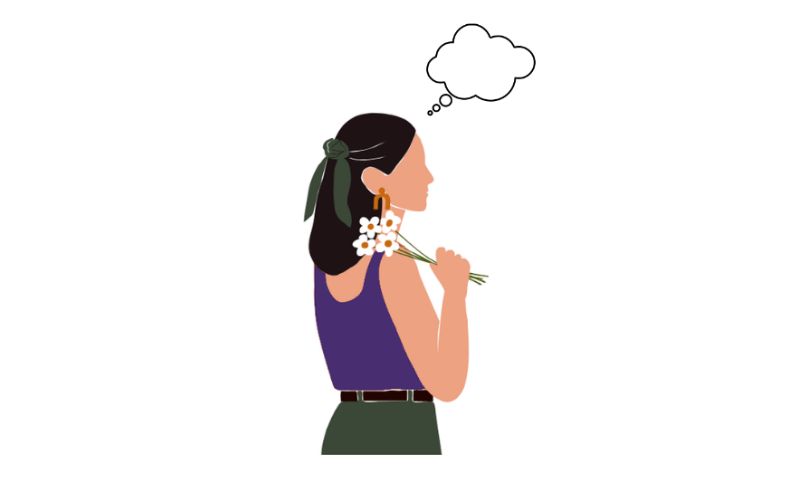Telehealth has become a huge part of healthcare, from that text message reminding you to take a certain medication to a video conference with your radiologist. It began in the 1940s when doctors were communicating using telephones and has improved to include most devices with access to the internet. Most healthcare facilities are implementing different types of telehealth services into their systems.
Telehealth has grown to include different services that healthcare providers implement in their facilities. Here are the four types of telehealth services you can use to access healthcare services.
1. Mobile Health (mHealth)
Mobile health is the most common type of telehealth service, and you can find it in many hospitals worldwide. Mobile health involves using mobile devices such as smartphones, tablets, laptops, and a healthcare app to provide certain healthcare services.
For example, if you have diabetes, you can download an app that can help you monitor and manage your health condition without visiting the hospital frequently.
Read: Internet Addiction Disorder
2. Live Video Conferencing
Video conferencing is another common type of telehealth service that was made popular during the Covid-19 pandemic. Instead of patients visiting a doctor’s office, they use video conferencing apps to communicate with each other. The patient saves time and money by eliminating the frequent commutes to a healthcare facility.
3. Asynchronous Video (Store and Forward)
This telehealth service is common in rural and remote areas where live video conferencing can be challenging. A healthcare provider will record a video of a patient and will send it to a specialist for consultation. It can also be used in urban healthcare facilities where specialists are few, hence arranging live video conferencing with each patient could waste a lot of time.
4. Remote Patient Monitoring
Telehealth services make it easy for healthcare providers to monitor patients without visiting the hospital frequently. A healthcare provider will use technology to gather information about a patient and manage their condition without any physical interaction. For example, a healthcare provider will use healthcare apps to receive information about a patient’s vitals and also use the same app to send instructions to the patient.
Telehealth continues to grow, and more types of telehealth services will come up to improve healthcare service delivery. Medical imaging is another type of telehealth service that is rapidly growing, where healthcare providers share images such as X-rays and scans with specialists in different locations.
Read: Cyberbullying
Finally
Telehealth services are changing healthcare delivery, and healthcare providers are encouraged to try them. Telehealth can help connect doctors with patients, reduce costs, reduce waiting time and reduce stress among healthcare providers.





